Have you spotted a diminution in the Google Play Store apps lately? The Play Store is the location where the majority of people come for apps for their Android phones. Over the past year, a big revolution has occurred with the store. Before, it looked like the list of apps for Android was endless, and the place looked like a huge online market. Nowadays, the situation is different, and the number of applications has considerably diminished. Read Hare (Apple’s New Products Coming in 2025-26: Here’s the List)
Google did not accidentally do it. In fact, the company has deliberately removed nearly half of the total number of app listings! Google justified it as a step in the right direction in making the Play Store different, and they also want to make sure it is safer. They wish to cater to all the Android users’ needs and improve their well-being.
How Many Apps Have Disappeared?
Let’s make calculations based on the statistics provided. People who are always keeping an eye on the stores, such as Appfigures, were alarmed at the huge number of apps that have vanished. The biggest day of the Play Store was when it had roughly 3.4 million options from different apps. Nevertheless, at the current time of 2024, the number sharply decreased to around 1.8 million apps.
Google has removed about 1.6 million apps for that matter! It’s nearly fifty percent, or approximately 47%, that have been left out.
It was astonishing, however, to notice that the same situation didn’t occur in the Apple App Store. In contrast, Apple’s app quantity was almost the same all the time. From this, we can gather that it was a clear and specific decision by Google to clean the store and delete the apps for the fixed time. The Play Store was serviced well by that decision, as it was in the category of the most massive cleansing operations Google has ever done thus far.
Why Did Google Remove So Many Apps?
Google did not remove the apps overnight. They were quite certain of the reasons behind this major cleanup. Google aimed to give the Play Store an extreme makeover since the platform had been messy for quite some time. Below are the major reasons:
Getting Rid of Low-Quality Apps: The Play Store was swamped with numerous apps that were not attractive to people. Namely, there were apps that kept on crashing, the ones with minimal features (like showing a single picture), ads-loaded ones, and the ones that simply didn’t present themselves properly. Google was decisive about improving the situation and raised the bar for the apps they would accept. The first step was to implement more rigorous rules about such “spammy” or low-quality apps and then to eliminate them. Thus, users could have an easy time locating great apps without the need to traverse trash.
Stopping Rule-Breaking Apps: Google had set new criteria for app compliance and got rid of applications that were found to be the offenders.
Harmful Software: Applications that either contained viruses or were developed for the purpose of spying on and stealing information from the users.
Privacy Problems: Such apps were the ones that collected and used the users’ data without their knowledge and presented vague descriptions of their intentions.
Bad Ads: Those were the applications that were full of ads, exceeding the limit on user experience, like annoying or leading users into unintentionally clicking the ads. Some apps even displayed ads when the phone’s screen was off, which, apart from consuming extra power, also consumed data!
Copycats and Fakes: Apps that were unauthorized clones of popular apps or brands from which downloaders have been tricked into downloading.
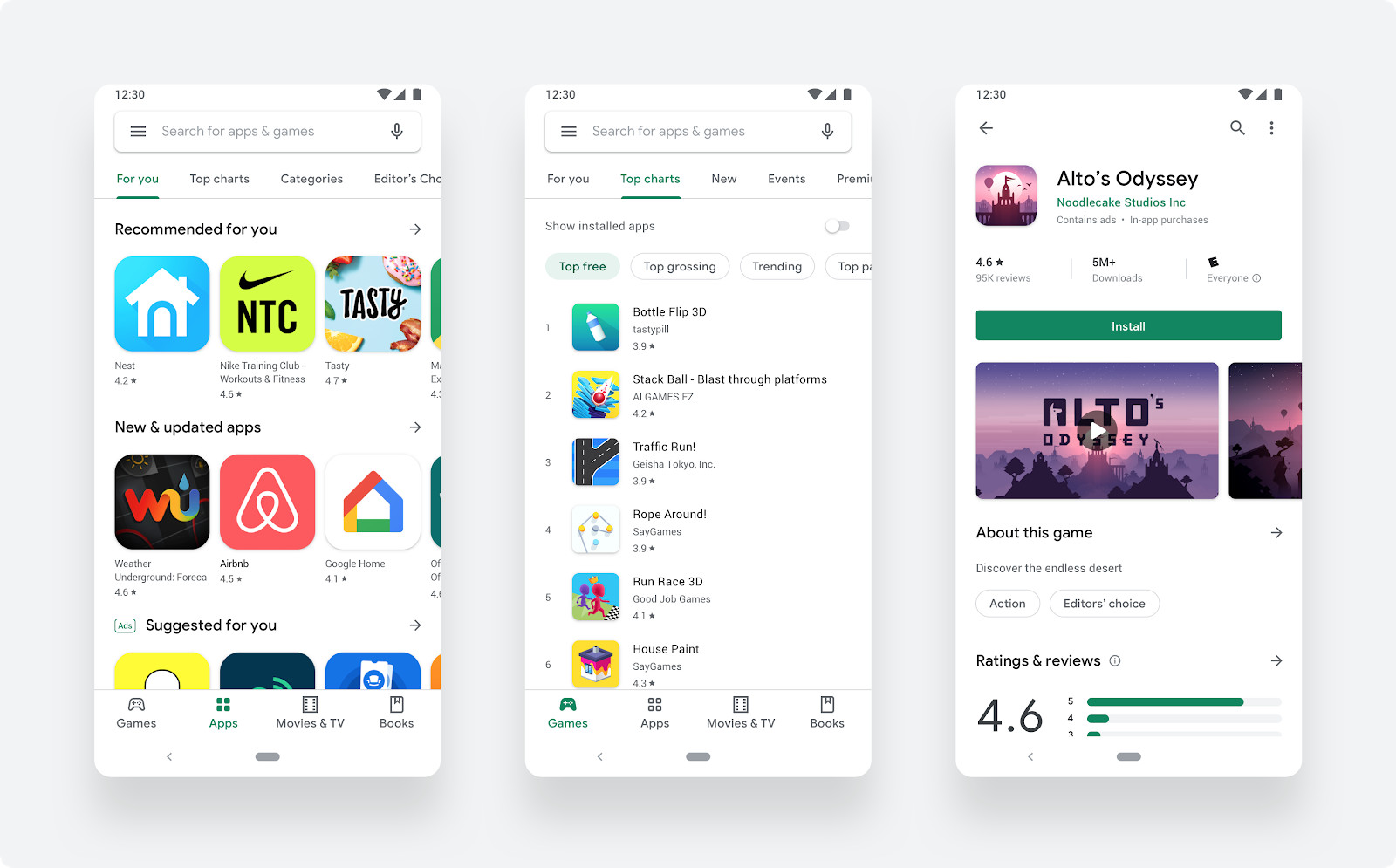
- Better Checking of Apps: What did Google do so there are so fewer bad apps now? They perfected their ways of examining apps before they enter the store and while being in it. This AI (artificial intelligence) could easily spot the bad signs of the broken app and stop them, and it was always a safe bet to rely on a team of real people who thoroughly screen the applications, especially those identified by the computers as potentially dangerous. All this construct of AI and people was helpful to Google in the sense that they managed to prevent 2.3 million bad apps in 2024 alone from being published, and they had also taken the decision to prohibit those app creators who constantly violated the rules.
- Removing Old, Outdated Apps: New features and better security are being delivered in updates to Android phones. Consequently, the app also required to be updated in their versions. This would ensure that they are in good working condition and are safe for use on the newly released Android systems. If the app has not been updated for a long time and it is too old, it will probably miss some important safety features, and this is a potential risk for consumers. The new policy of Google’s mandates that apps must be updated so as to perfectly function with the latest Android versions that are still within the two-year update cycle. The apps that are older than the current version and have not been updated are blocked by automatical processes and ultimately eliminated, thus making the store a safer place.
- Checking New App Makers More Carefully: The blocking of the brand new app makers’ option of inserting their apps right into the store was also another milestone achieved by Google. They have gone a step further by including a large number of checks and testing phases to capture the bad guys even at the very start of their activities.
Other Reasons: There might be a few other small reasons. The forwarding by the European Union of a new law that demanded the location of the app makers in the continent of Europe caused some to opt to uninstall, and these might have been the reasons. Besides, if an app was not popular or no longer supported, the creator could also be a reason for the removal of his app. But the main driving force was the improvement of the quality of the apps by Google itself and the measures taken by them for safety.
What Does This Mean for People Using Android?
Easier to find good apps: As a result of the lesser rubbish, looking through the garbage should be faster and smoother, so it’s going to be easier to find apps that are really good and functional.
Less Risky Browsing: The fewer the apps, the less the fear of accidentally downloading a malicious one that has the ability to steal your data or cause damage to your phone. Google is the one responsible for the security of the Play Store, and they are working on it. If Google deletes an app that you have because it considers it unsafe, your phone could also be the one that will warn you about it (using Google Play Protect).
More Pleasant Experience: You are not likely to find apps that will always crash or hang and keep on displaying irritating ads.
What About the People Who Make Apps?
For application developers, these changes may create difficulties but may likewise offer some advantages:
Tougher Policies: The developers need to double their efforts to ensure that their applications are up to the mark, and they should also keep them updated. Besides, more attention and care are necessary.
Simpler Apps: Some are scared that the rules stated by this policy could easily drive away from the app store the very simple and straightforward applications even if the application is a necessity and useful to a particular group of people.
Good Apps Can Stand Out: Now, if a developer creates an app that is of high quality, safe, and beneficial, and the app follows the policies, it might be easier for people to find the app due to reduced competition from low-quality apps.
Alternative Methods of App Distribution: Developers can still sell their apps through their own channels outside the Play Store (for example, their own websites), but most users still trust and are using the Play Store, thus making it the main place to get the app.
New Google Play Store is Google’s Goal
Google’s recent step to declutter their apps reflects their determination to improve the performance of its Play Store. It is clear that they are opting for quality at the expense of the number of apps; hence their insistence on solely having secure and reliable as well as useful apps. This in turn implies that the removal of the apps that did not measure up to the new, higher standards is the next big move, making the main aim to create a safer and fairer place for the users to get their apps and the developers to succeed through quality apps. The ongoing aim of keeping the Play Store clean and safe is a highly probable scenario.


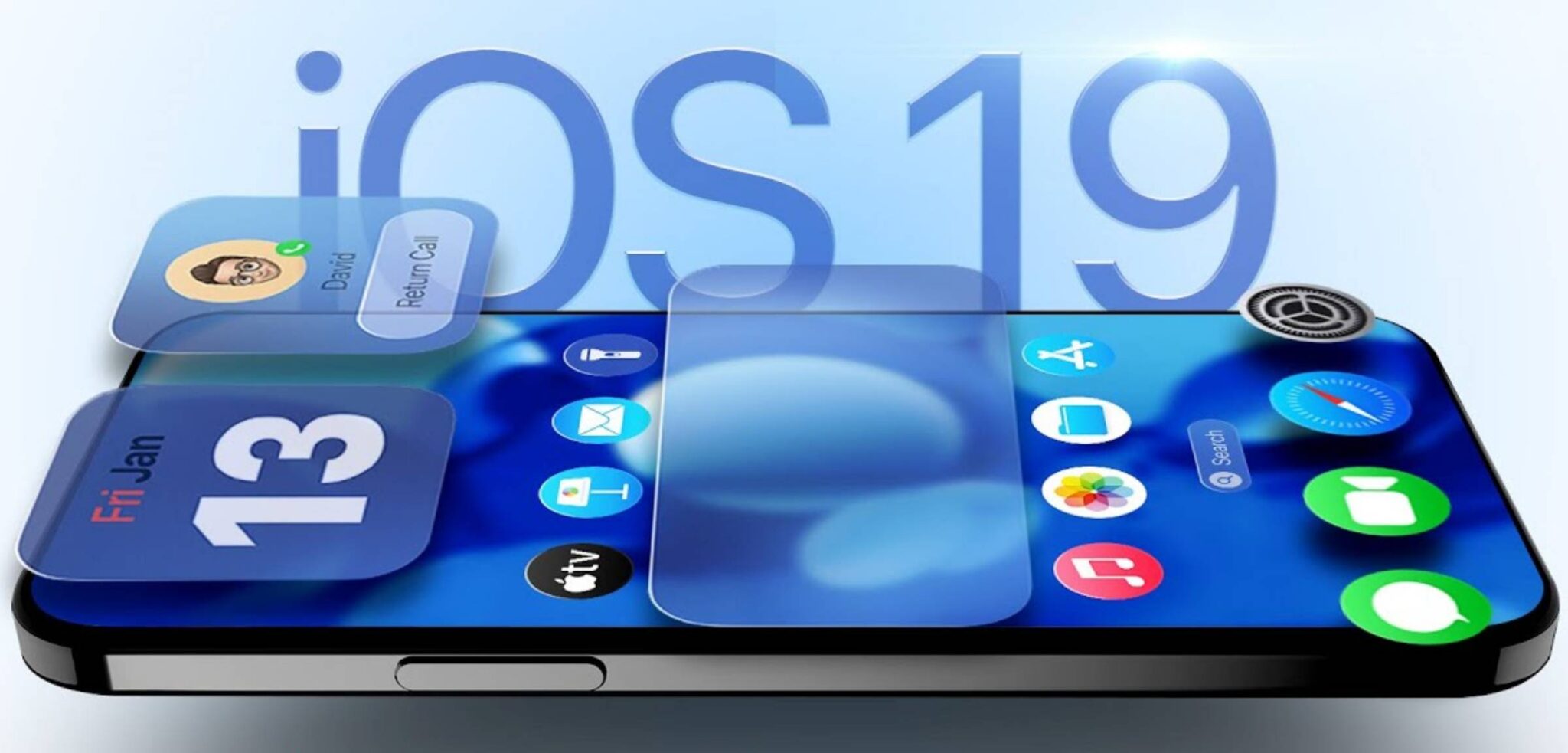



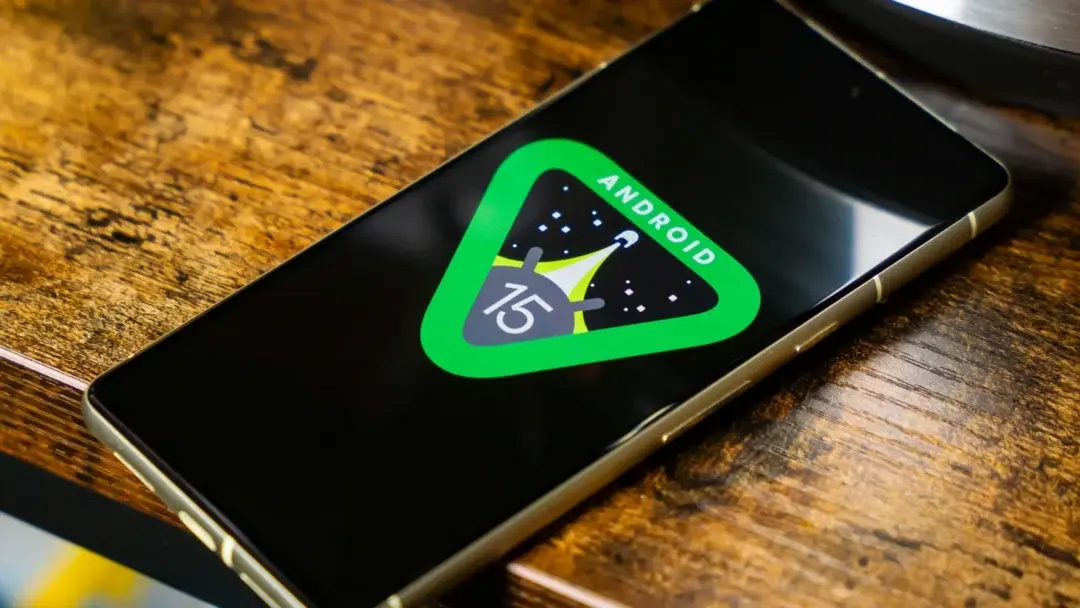





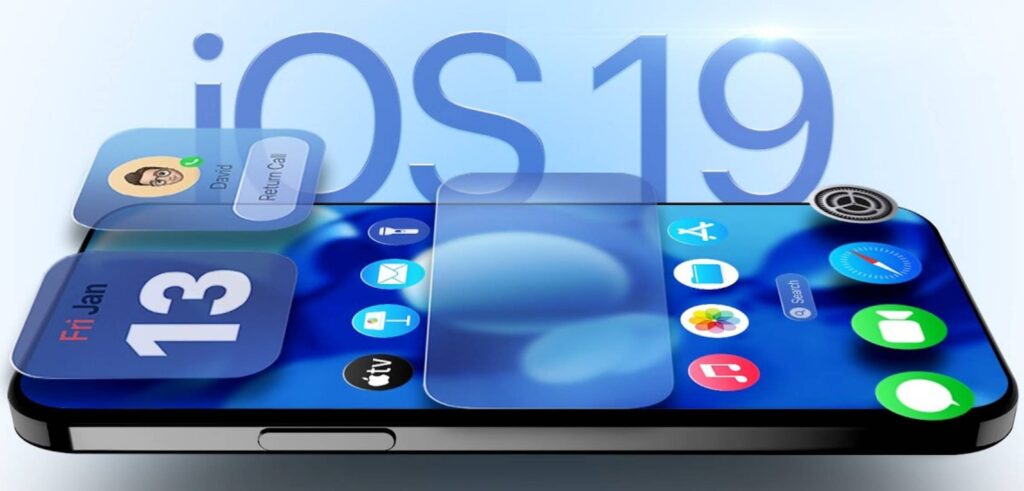



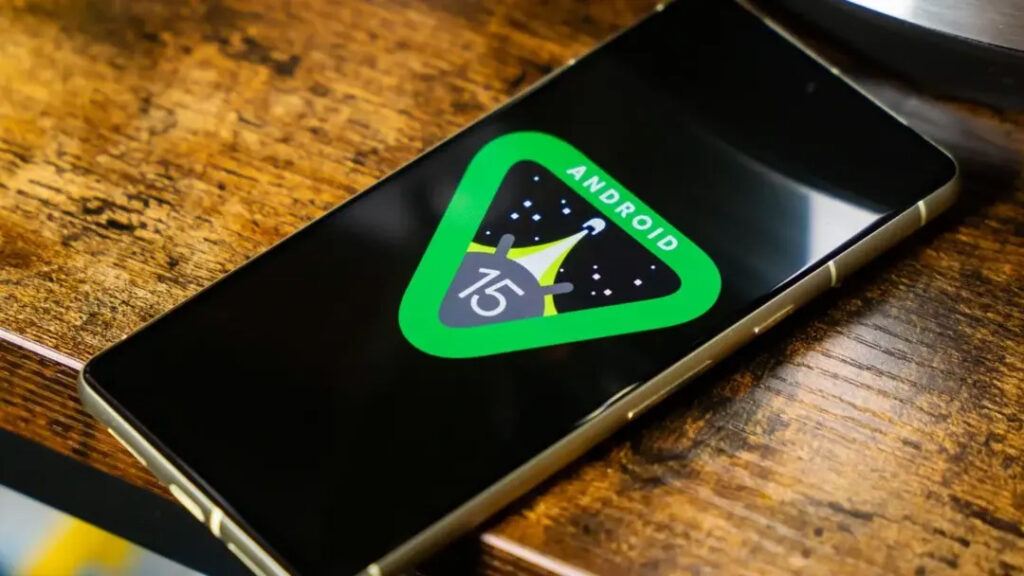




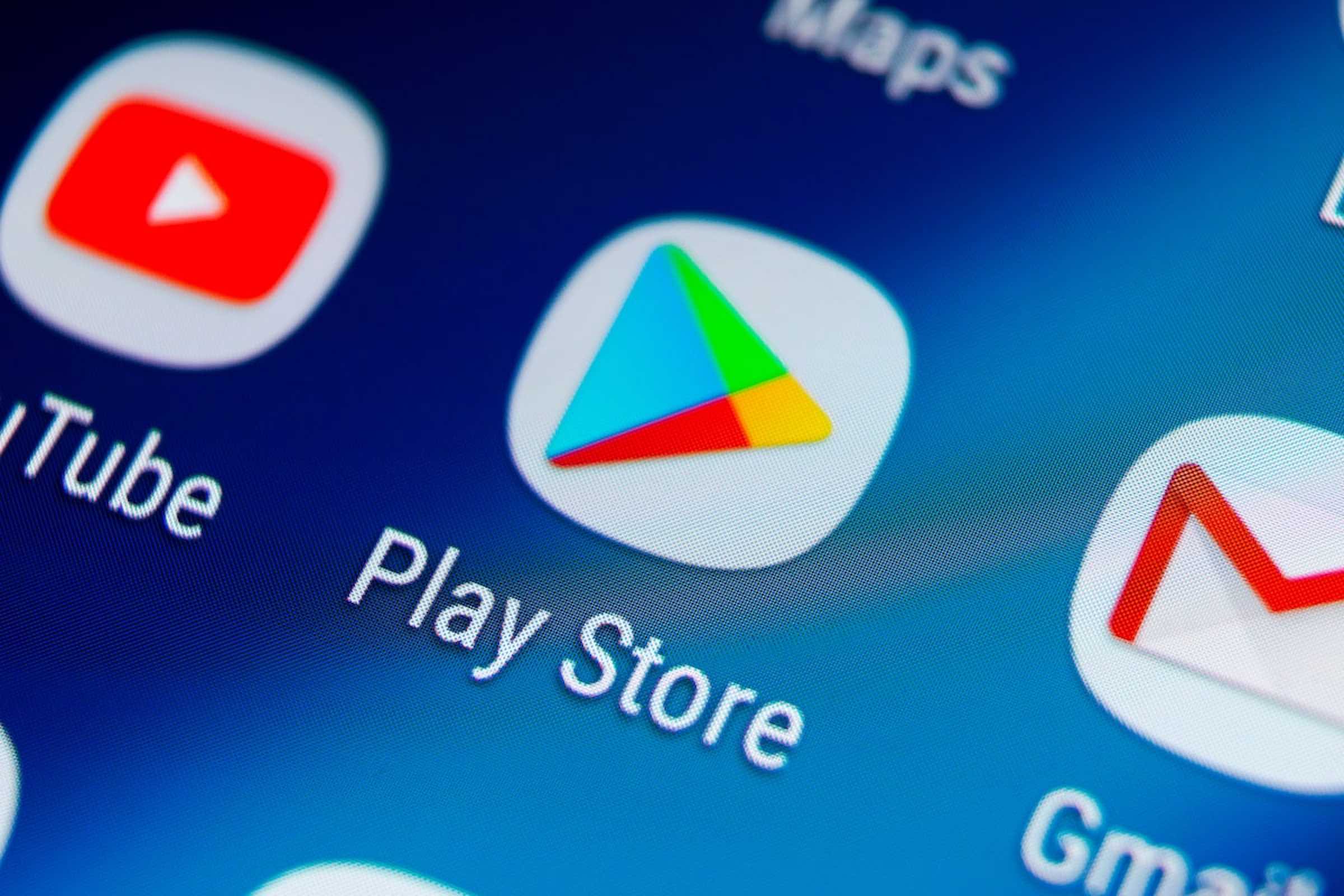
[…] is on the amazing mission to launch a live-action adaptation of DreamWorks Animation’s How to Train Your Dragon loved by anyone. The movie is for a 2025 audience, and it is recognized as the one that the […]